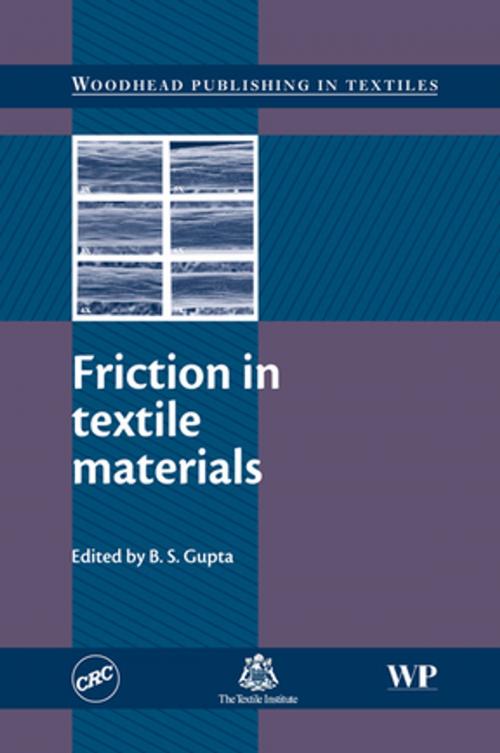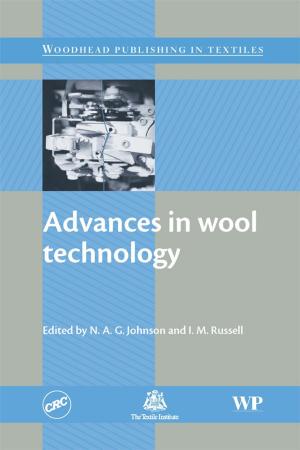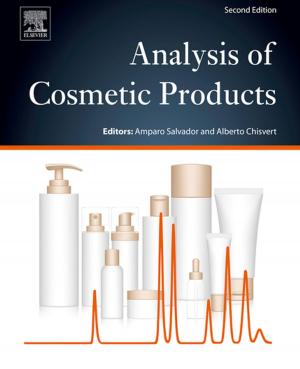Friction in Textile Materials
Nonfiction, Science & Nature, Technology, Textiles & Polymers, Material Science| Author: | ISBN: | 9781845694722 | |
| Publisher: | Elsevier Science | Publication: | June 2, 2008 |
| Imprint: | Woodhead Publishing | Language: | English |
| Author: | |
| ISBN: | 9781845694722 |
| Publisher: | Elsevier Science |
| Publication: | June 2, 2008 |
| Imprint: | Woodhead Publishing |
| Language: | English |
Friction is a major issue in both the production of textiles and in the finished product. This authoritative book reviews how friction occurs and the ways it can be measured and controlled.
The book begins by looking at how friction can be defined and how the structure and properties of textile fibres lead to friction behaviour. It also discusses slip-stick phenomena in textiles and ways of measuring friction in yarns and fabric. The second part of the book reviews friction in particular textiles, including cotton, wool and synthetic fibres as well as woven fabrics. These and other chapters also discuss ways of controlling friction, including fabric finishes and lubricants.
With its distinguished editor and contributions from some of the world’s leading authorities in the subject, Friction in textile materials is a standard reference for the textile industry and those researching this important topic.
- An authoritative review of friction, its management and control
Friction is a major issue in both the production of textiles and in the finished product. This authoritative book reviews how friction occurs and the ways it can be measured and controlled.
The book begins by looking at how friction can be defined and how the structure and properties of textile fibres lead to friction behaviour. It also discusses slip-stick phenomena in textiles and ways of measuring friction in yarns and fabric. The second part of the book reviews friction in particular textiles, including cotton, wool and synthetic fibres as well as woven fabrics. These and other chapters also discuss ways of controlling friction, including fabric finishes and lubricants.
With its distinguished editor and contributions from some of the world’s leading authorities in the subject, Friction in textile materials is a standard reference for the textile industry and those researching this important topic.
- An authoritative review of friction, its management and control















